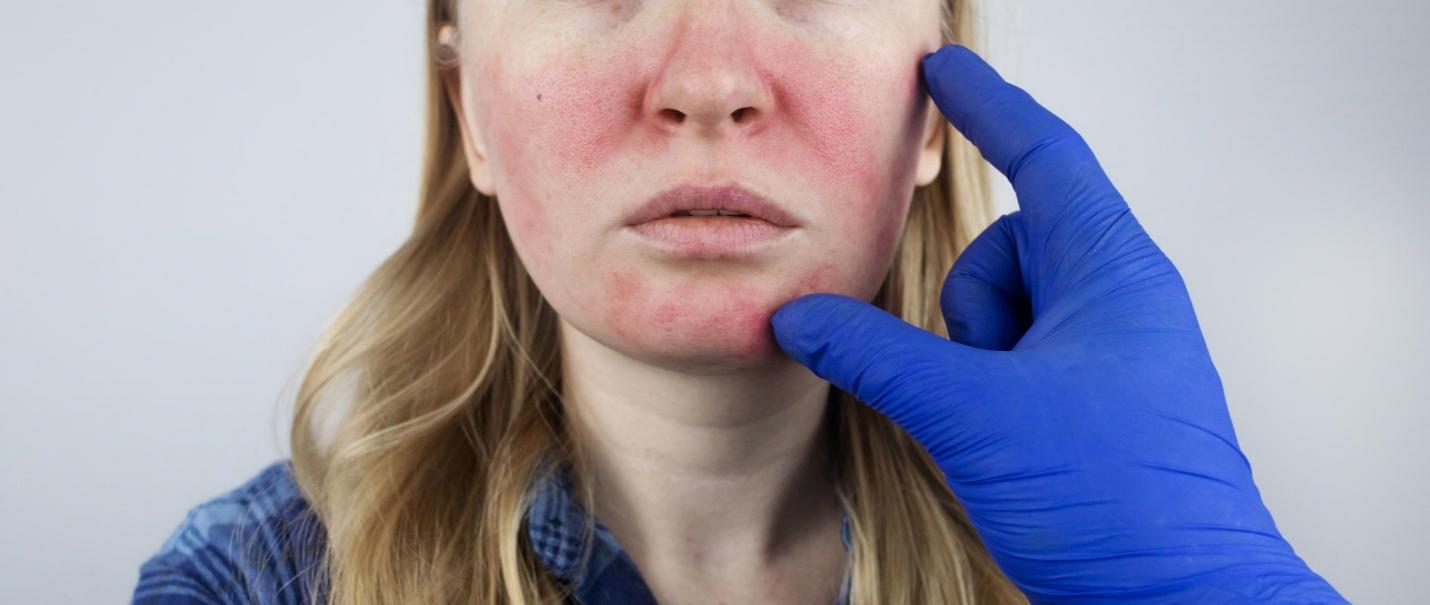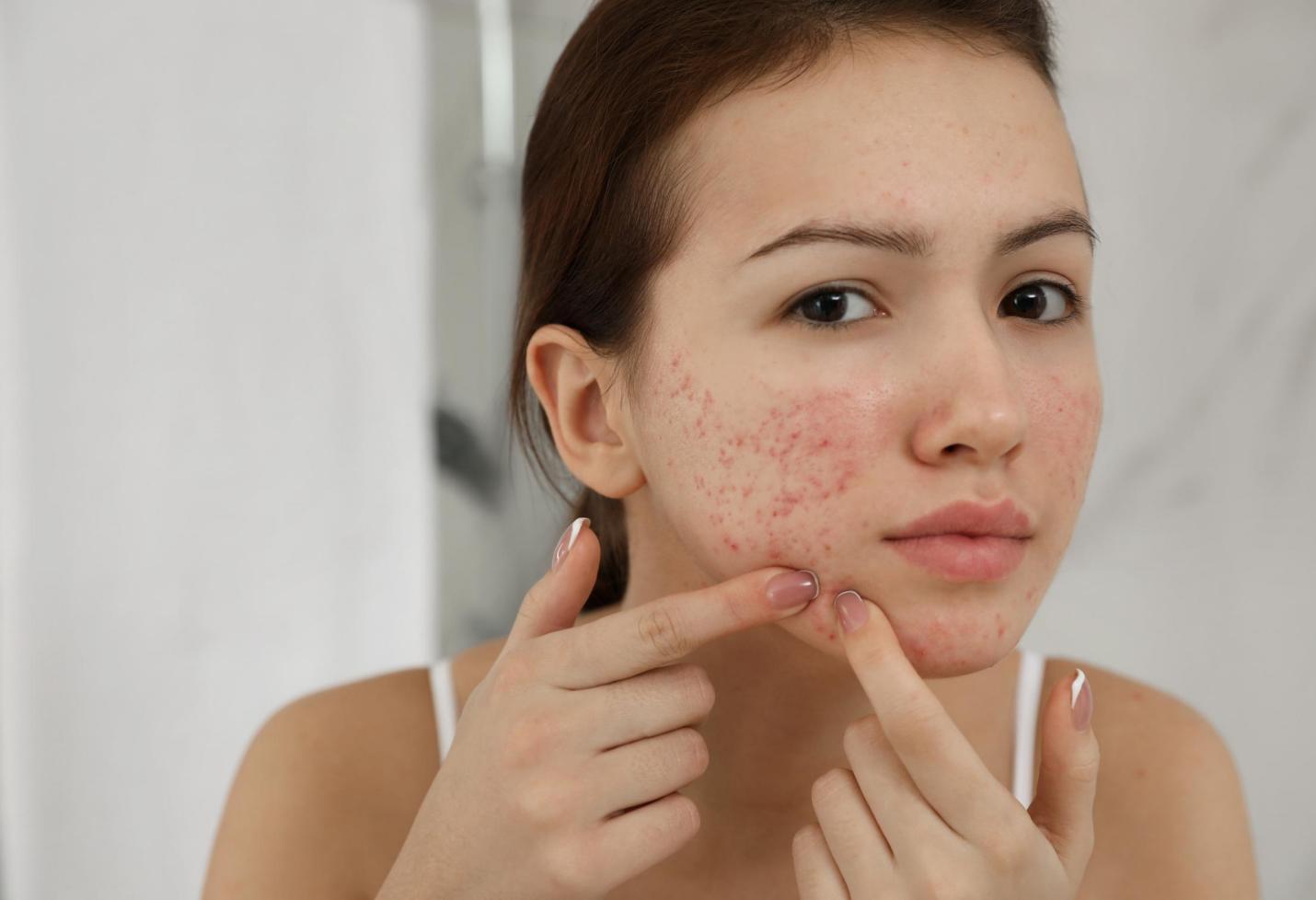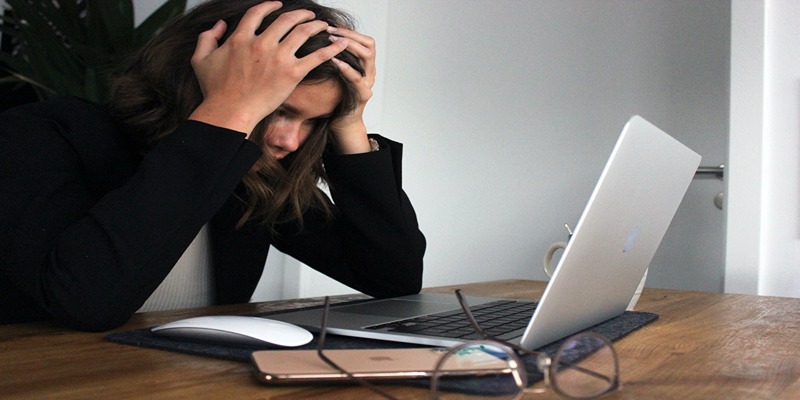It often affects the critical face and may involve signs and symptoms like flushing and the improvement of small blood vessels. It also can also motive enlarged blood vessels and small, pus-stuffed bumps. Some signs and symptoms may flare for weeks to months and then leave for some time. Rosacea can be incorrect for acne, dermatitis or other skin problems.
Decoding the causes of Rosacea:
Unraveling the mysteries at the back of Rosacea includes considering various factors, with a mixture of genetics, environmental impacts, and inflammatory responses believed to contribute to its onset.
- Genetic and Familial Predisposition: The genetic aspect of Rosacea underscores the impact of inherited trends on an character's susceptibility to the situation. Studies have proven that individuals with a circle of relatives records of Rosacea are more likely to increase the sickness, indicating a familial predisposition. While unique genetic markers or genes chargeable for Rosacea are yet to be definitively recognized, the clustering of instances within households indicates a hereditary hyperlink.
- Environmental Triggers: Beyond genetic elements, environmental influences play a sizeable role in Rosacea's improvement and worsening. Various outside factors can act as triggers, prompting flares and worsening existing symptoms. These triggers consist of exposure to daylight, extremes of temperature (each warm and bloodless), wind, consumption of highly spiced elements, hot liquids, alcohol, or maybe emotional pressure.
- Demodex Mites: Demodex mites, Demodex folliculorum and Demodex brevis are glaringly inhabit human hair follicles and sebaceous glands. While usually innocent, an extra can lead to demodicosis, inflicting redness and itching. Demodex folliculorum is mostly on the face, and Demodex brevis is determined on eyelids. Their lifestyles cycles are 14-18 days and 10 days, respectively. Factors like compromised immunity or skin conditions can make contributions to overpopulation. Treatment consists of medicinal tablets like metronidazole or ivermectin, with pores and pores and skin hygiene being crucial for prevention. Consultation with a healthcare expert is normally advocated for evaluation and tailor-made treatment.
- Vascular Abnormalities: Vascular abnormalities pertain to structural or useful deviations in blood vessels, encompassing anomalies which include arteriovenous malformations, aneurysms, or thromboses. These variations, whether or not congenital or obtained, can result from factors like genetics, ageing, or underlying fitness conditions. Diagnosis entails imaging studies, and treatment strategies, ranging from medicinal drugs to surgical or endovascular interventions, depend upon the particular abnormality's nature and severity. Timely detection and centered control are critical for preventing complications and making sure most appropriate effects.

Navigating symptoms of Rosacea
Rosacea manifests in a spectrum of signs, ranging from slight to severe. Typically affecting the vital face, consisting of the brow, nostril, cheeks, and chin, the symptoms embody:
- Persistent Redness: The hallmark of Rosacea, persistent redness, offers the pores and skin a flushed or sunburned look that remains consistent. This enduring redness is a distinguished and recognizable symptom, often extending past the usual temporary blushing.
- Visible Blood Vessels: Telangiectasia, or the visibility of small blood vessels, is a feature of Rosacea. These vessels are great at the pores and skin's floor, contributing to the condition's general redness and vascular manifestations.
- Papulopustular Bumps: A distinct aspect of Rosacea, papulopustular bumps resemble pink, pus-crammed lesions comparable to zits. This manifestation provides an inflammatory measurement to the condition, impacting the feel and appearance of the skin.
- Ocular Involvement: Ocular Rosacea extends its effect to the eyes, causing redness, dryness, itching, and a gritty sensation. In severe cases, it could even bring about vision troubles, highlighting the comprehensive nature of Rosacea's effects.
- Rhinophyma: An extra superior manifestation of Rosacea, rhinophyma includes the thickening of the skin on the nostril, leading to a bulbous look. Although less common, this condition underscores the ability for structural changes within the pores and skin associated with prolonged and extreme Rosacea.

Strategies for Managing Rosacea:
While therapy for Rosacea stays elusive, numerous interventions have the purpose of manipulating symptoms and decorating pleasant lifestyles for the ones grappling with this circumstance. Tailored remedy plans don't forget specific signs and symptoms and severity:
- Topical Medications: Prescription lotions or gels containing antibiotics like metronidazole or azelaic acid lessen irritation and manipulate papulopustular Rosacea.
- Oral antibiotics: For moderate to extreme times, doxycycline or minocycline may be prescribed to relieve irritation and manage bacterial overgrowth.
- Laser and Light Therapies: Techniques like severe pulsed light (IPL) therapy efficiently aim blood vessels, reducing redness related to Rosacea.
- Skincare Essentials: Adopting mild skincare habits and incorporating moderate cleansers, moisturizers, and large-spectrum sunscreen can help manipulate signs and symptoms and guard the skin.
- Life Medications: Identifying and warding off triggers, maintaining sun protection, nutritional adjustments, and stress management are critical additives of a holistic technique.
Embracing Lifestyle Adjustment:
Beyond medical interventions, lifestyle changes can notably impact rosacea control.
- Gentle Skincare Habits: Using slight products and heading off harsh cleansers minimizes infection and promotes pores and skin fitness.
- Sunshield Practices: Consistent use of broad-spectrum sunscreen with a high SPF safeguards the pores and skin from solar-associated aggravations.
- Dietary Awareness: Keeping a food diary to become aware of and avoid cause meals is a proactive method to coping with signs and symptoms.
- Stress Alleviation: Incorporating strain-discount techniques like meditation, yoga, or deep respiratory sporting activities enables the mitigation of the effect of emotional stress on Rosacea.
Conclusion:
Rosacea poses a persistent venture, impacting affected individuals' bodily appearance and everyday lives. Although the correct cause remains a puzzle, ongoing studies have paved the way for diverse and influential treatment options. Collaboration with healthcare experts lets individuals tailor their approach to the unique nuances of their condition while embracing a wholesome way of life, which contributes appreciably to coping with Rosacea's impact. Through an aggregate of medical interventions, skincare practices, and way of life changes, people can navigate the complexities of Rosacea and enhance their average well-being.







